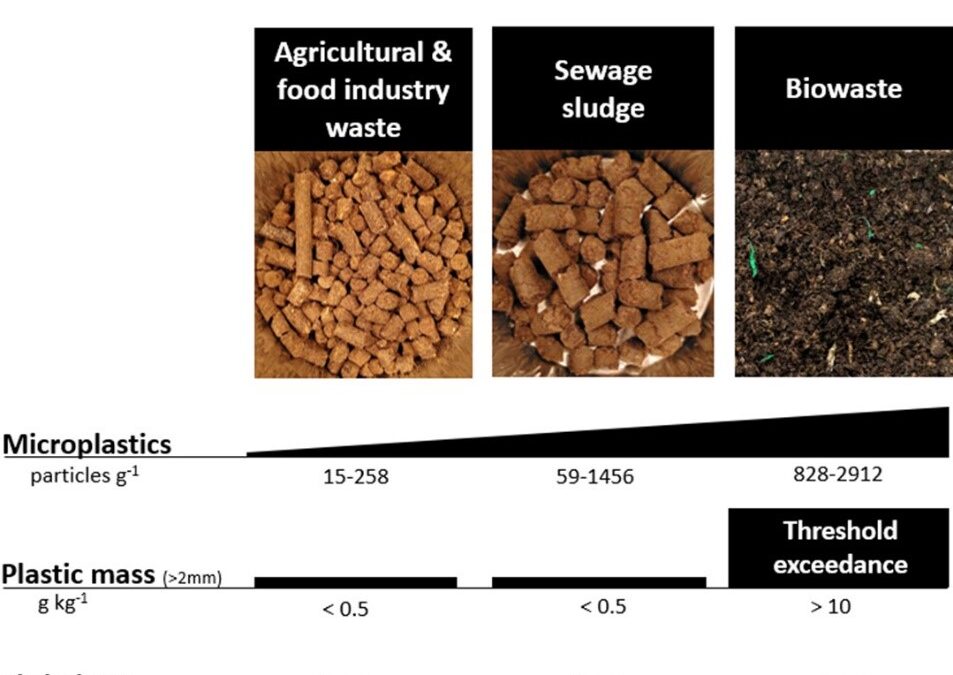Authors: Nicolas Estoppey a, Gabriela Castro b c, Gøril Aasen Slinde a, Caroline Berge Hansen a, Mari Engvig Løseth a, Katinka Muri Krahn d, Viona Demmer a, Jørgen Svenni a e, Teresa-Van-Anh Thi Tran a e, Alexandros G. Asimakopoulos b, Hans Peter H. Arp a b, Gerard Cornelissen a f
a Norwegian Geotechnical Institute (NGI), P.O. Box. 3930, Ullevål Stadion, N-0806 Oslo, Norway
b Norwegian University of Science and Technology (NTNU), 7024 Trondheim, Norway
c Department of Analytical Chemistry, Nutrition and Food Sciences, Institute for Research in Chemical and Biological Analysis (IAQBUS), Universidade de Santiago de Compostela, 15782 Santiago de Compostela, Spain
d Lindum AS, 3036 Drammen, Norway
e Department of Mechanical, Electrical and Chemical Engineering, Faculty of Technology, Art and Design, OsloMet, 0176 Oslo, Norway
f Norwegian University of Life Sciences (NMBU), 1432 Ås, Norway
HIGHLIGHTS
- Fertilizers from biowaste, sewage sludge and agro/food industry waste were assessed.
- Packaging plastic concentrations in biowaste fertilizers exceeded the EU limit.
- Small amounts of non-packaging plastics were found in other fertilizers.
- Low concentrations of DEHP and phthalate metabolites were measured in all fertilizers.
- Phthalate metabolites bioaccumulated in earthworms.
Follow the link to read the full publication https://doi.org/10.1016/j.scitotenv.2024.170501

